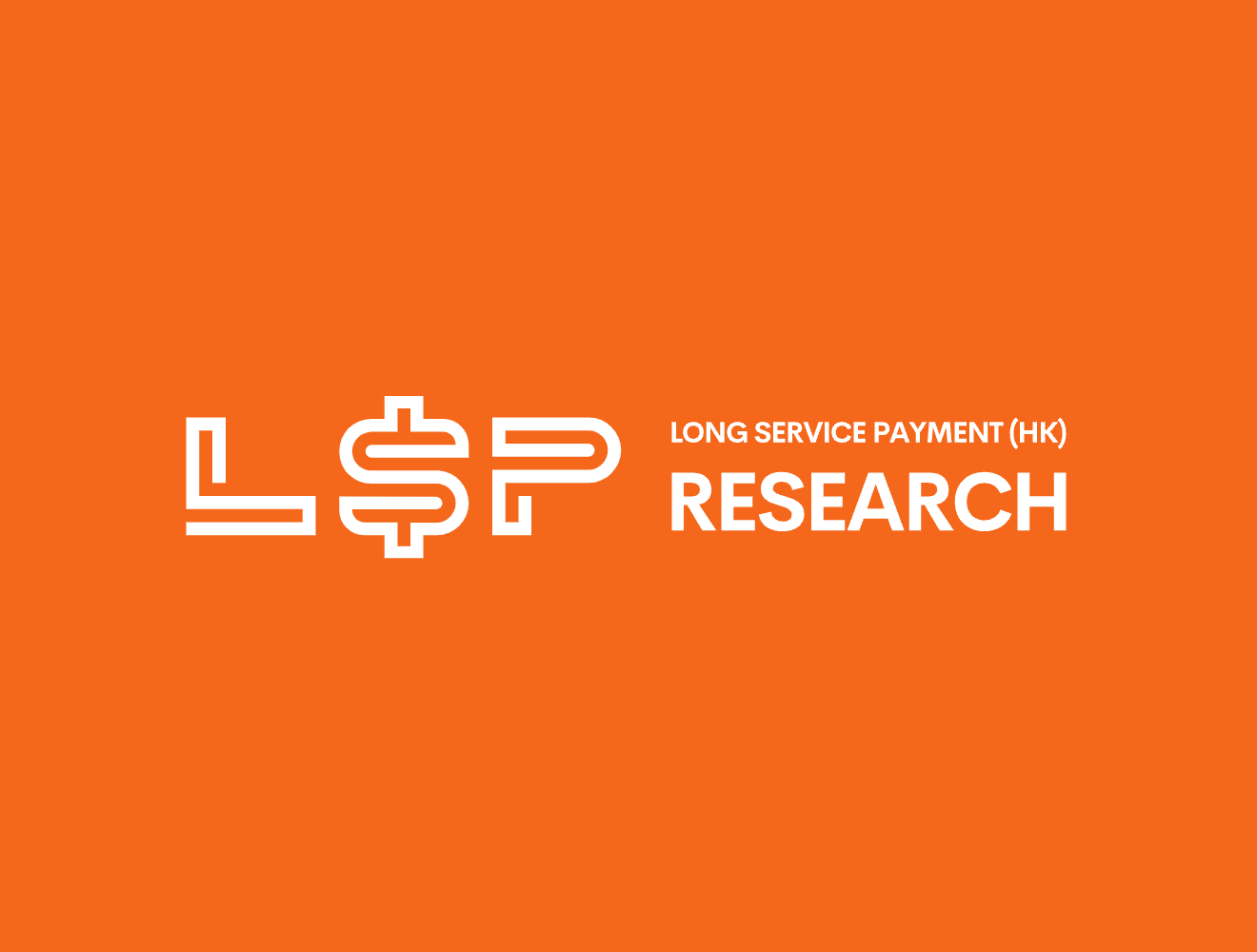Technical Resources
HKAS 19
Projected Unit Credit Method (PUC)
HKAS19 outlines the PUC method for assessing the present value of defined benefit obligations and related current and past service costs.
Under the PUC method, an actuarial valuation technique is first used to estimate the total future cost of post-employment benefits expected to be paid for services provided by employees. This approach requires making several assumptions, including but not limited to:
After determining the total future cost of post-employment benefits, the PUC method requires allocating this amount to the current and past periods in which the obligation to provide post-employment benefits arises.
When determining the present value of an entity's LSP obligation, as well as the related current and past service costs, the entity shall attribute benefits to periods of service in accordance with the plan's benefit formula. However, if an employee's service in later years will result in a materially higher level of benefit than in earlier years, the entity shall attribute benefits on a straight-line basis from:
The date when the employee's service first leads to benefits under the plan (whether or not benefits are conditional on further service); until
The date when further service by the employee will lead to no material amount of further benefits under the plan, other than from future salary increases.
Financial Reporting Alert 44
Following the abolishment of offsetting accrued mandatory MPF contributions against LSP amounts owed, the Hong Kong Institute of Certified Public Accountants (HKICPA) published Financial Reporting Alert 44 in February 2023. This provided guidance on the potential accounting implications of the change, particularly the risk of understating LSP provisions in financial statements.
The HKICPA issued additional guidance in July 2023 to further highlight this issue. The publications introduced two approaches for accounting for the impact on LSP provisions from the abolished ability to offset MPF contributions.
According to the HKAS 19, the PUC method shall be adopted to measure the present value of the LSP obligation, which is classified as defined benefit obligation, and the related current and past service costs.
The HKICPA recommends two approaches to account for the effect of LSP after abolishing the offsetting of MPF against LSP:
Under this approach, accrued benefits from employer MPF contributions that were previously offsettable are treated as a deemed employee contribution toward LSP.
These offsettable accrued benefits are projected over periods of service and accounted for as a reduction to service costs (negative service cost) when determining the net cost of benefits employees earned.
The LSP obligation is measured on a net basis by deducting the negative service cost from offsettable accrued benefits.
This approach regards employer MPF contributions and the offsetting mechanism as a funding arrangement to help employers save for LSP obligations.
An entity recognizes its right to reimbursement from the MPF trustee as a separate asset if virtually certain of reimbursement for settling a defined benefit obligation. The asset is measured at fair value.
The LSP obligation is measured on a gross basis without reducing for offsettable accrued benefits, as the employer's right to those benefits is recognized as an asset.
Employment Ordinance of the Hong Kong Special Administrative Region (“HKSAR”)
Under the Employment Ordinance of the Hong Kong Special Administrative Region, employees on a continuous contract (i.e. meeting the criteria for continuous employment in the Ordinance) qualify for Long Service Payment (LSP) after 5 consecutive years of service with the same employer.
LSP is generally payable in the following situations:
- The employee is dismissed for reasons other than serious misconduct or redundancy.
- The fixed-term employment contract is not renewed upon expiration.
- The employee passes away.
- The employee resigns at age 65 or older, or resigns due to ill health.
LSP is calculated by the following formula for both monthly-paid and daily-paid employees (capped at HKD 390,000):
Monthly Wage: 2/3 * (Year of service) * Latest monthly salary
Daily Wage: 2/3 * (Year of service) * (Any 18 day’s wage during last 30 normal working days)
The Mandatory Provident Fund ("MPF") scheme requires mandatory monthly contributions (generally 5% of the employee's salary, up to a cap of HKD 1,500) from both the employee and employer. Since its launch in 1995, employees could choose to offset their accrued MPF benefits against any Long Service Payment (LSP) they were owed.
Employment and Retirement Schemes Legislation (Offsetting Arrangement) (Amendment) Ordinance 2022
In June 2022, the Hong Kong Special Administrative Region government passed the Employment and Retirement Schemes Legislation (Offsetting Arrangement) (Amendment) Ordinance 2022 (the "Amendment Ordinance") . This Amendment Ordinance will abolish the ability to use accrued mandatory MPF contributions to offset LSP amounts owed starting May 1, 2025. Employees will still be able to offset LSP with accrued benefits from any voluntary MPF contributions they made.

